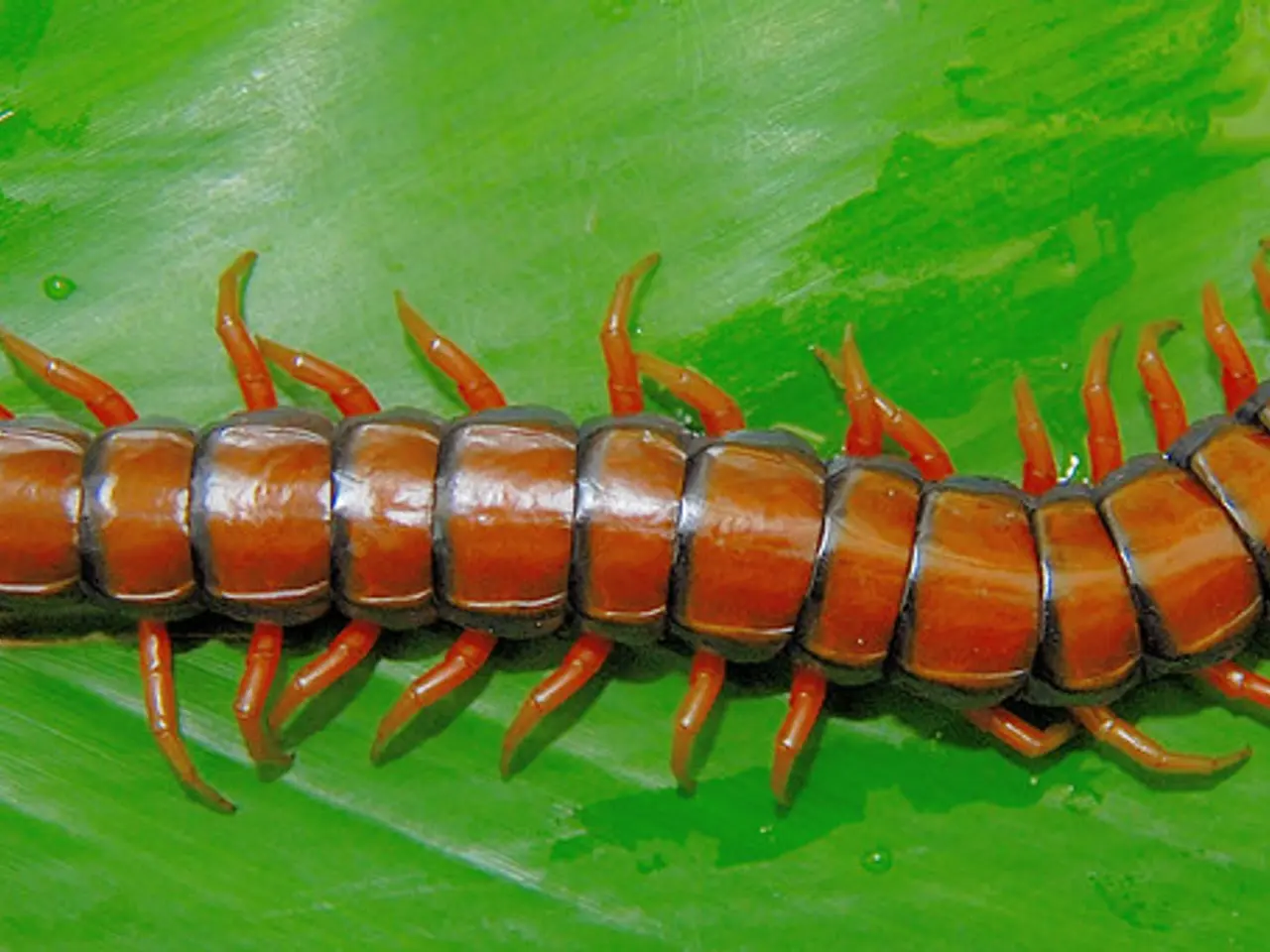Bites from Centipedes: Understanding Symptoms and Remedies
Centipedes and millipedes are common insects found in various parts of the world, but their interactions with humans can result in very different outcomes. While both creatures can cause discomfort, centipede bites are more medically significant due to the venom they inject, whereas millipede exposures are mostly irritant but not venomous.
Centipede bites typically cause local inflammation, intense pain, bleeding, and sometimes swelling and redness at the bite site. The venom contains myotoxic and neurotoxic components along with inflammatory mediators such as histamine and serotonin, which contribute to these symptoms. In some cases, blisters or superficial skin necrosis may occur, though this is rare. Systemic symptoms such as low-grade fever, malaise, and anxiety are also possible but uncommon and often related to the pain experienced. Allergic reactions are rare but can include severe swelling, hives, and breathing difficulties, requiring immediate medical attention.
In contrast, millipedes do not use their mouthparts to damage skin; instead, they can secrete irritating chemicals that cause skin irritation, dermatitis, or allergic-like reactions. These secretions may mimic vascular emergencies but are generally considered harmless and self-limiting. Millipede-related injuries are less likely to be painful stings and more like irritant contact dermatitis.
Treatments for centipede bites generally focus on immediate cleaning of the wound to prevent infection, pain management with analgesics or anti-inflammatory medications, cold compresses to reduce swelling, monitoring for possible allergic reactions or secondary infections, and in severe cases or allergic reactions, medical intervention such as antihistamines, corticosteroids, or even antibiotics may be necessary.
Treatment for millipede exposure involves washing the affected skin thoroughly to remove the secretions, using topical corticosteroids or antihistamines to relieve irritation and inflammation, and symptomatic care since systemic or severe effects are extremely rare.
Here is a summary comparison of the two:
| Feature | Centipede Bites | Millipede Exposure | |--------------------|------------------------------------------------|-----------------------------------------------| | Mechanism | Venom injection via forcipules (fang-like legs) | No venom; chemical secretion contact | | Common Effects | Local intense pain, inflammation, swelling, rarely blisters or necrosis; rare systemic symptoms | Skin irritation, dermatitis, allergic-like reactions | | Severity | Can be severe, especially with large species | Usually mild and harmless | | Allergic Reaction | Rare but possible, can be serious | Rare, generally mild irritation | | Treatment | Wound cleaning, pain relief, cold compress, possible medications for allergy or infection | Skin washing, topical steroids/antihistamines |
It is essential to understand the differences between centipede and millipede bites to appropriately respond to an encounter with either insect. In most cases, a person will not need to seek medical attention for a centipede bite unless they are experiencing a severe allergic reaction. However, consulting a healthcare professional is always advisable for accurate diagnosis and treatment. When in doubt, always err on the side of caution and seek medical attention if needed.
- Science and health-and-wellness professionals have found that centipede venom is composed of myotoxic and neurotoxic components, predicting a more severe response in humans compared to millipede secretions.
- Nutrition plays a role in supporting mental health, as a balanced diet can help manage anxiety, a symptom sometimes associated with the pain experienced from centipede bites.
- In the realm of fitness-and-exercise, maintaining physical fitness can aid in the body's ability to respond to allergic reactions, such as those that may occur from severe centipede bites.
- Skin-care routines can help reduce potential irritation from millipede secretions, as clearing the affected area and applying soothing creams can alleviate discomfort.
- Therapies-and-treatments for mental health concerns can provide coping mechanisms for managing the anxiety or fear that may arise from encounters with both centipedes and millipedes.
- Self-care practices like proper hand-washing after handling either insect can help prevent the spread of potential bacteria or allergens, contributing to overall health-and-wellness.




